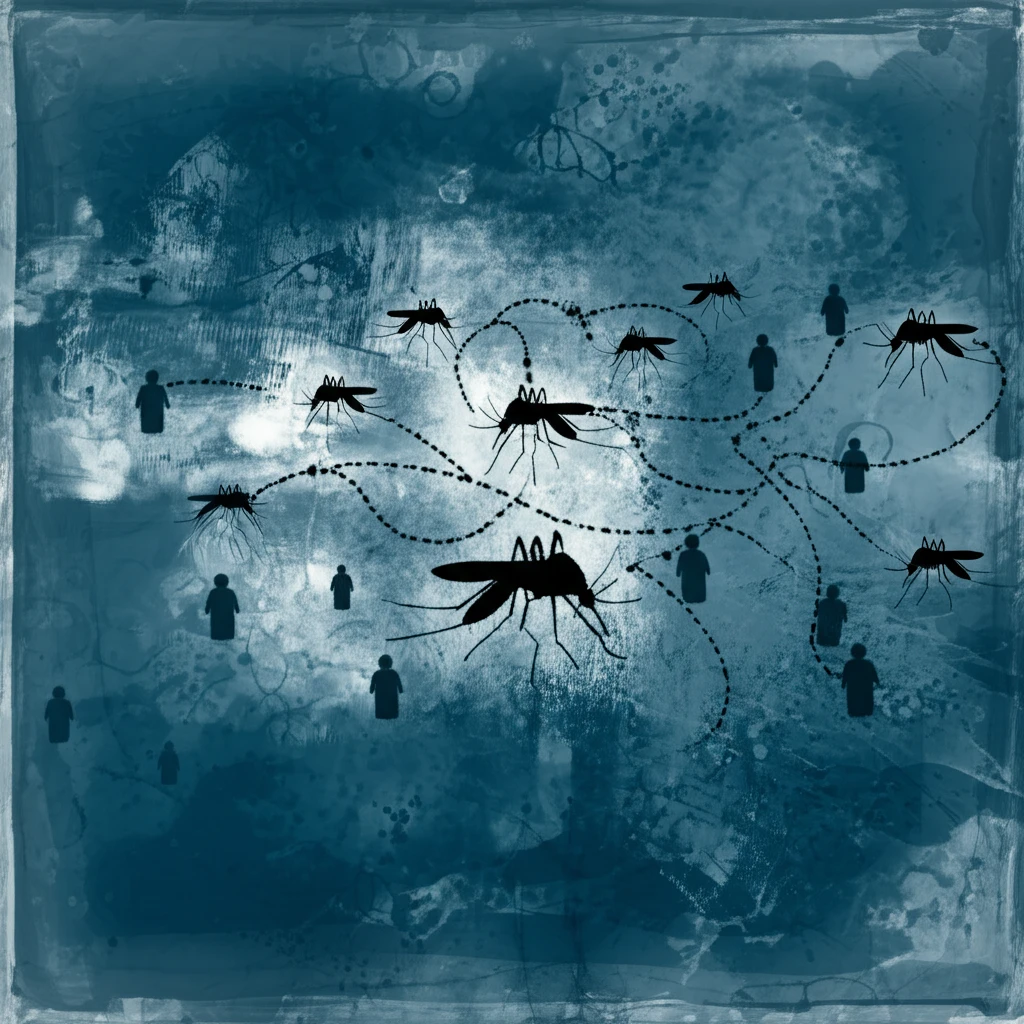
Decoding Zika: How Officials Navigated Risk Communication During the Outbreak
"A look at the challenges and lessons learned from communicating the rapidly evolving risks of the Zika virus."
The Zika virus outbreak presented a unique challenge to public health officials. Unlike many other health crises, Zika was both mosquito-borne and sexually transmissible, leading to a complex web of risk factors. This required officials to communicate effectively in an environment marked by rapidly changing scientific understanding.
One of the core difficulties was translating complex scientific findings into clear, actionable advice for the public. Governmental agencies needed to craft health messages that were not only evidence-based but also audience-participative and collaborative. This meant balancing scientific accuracy with public accessibility, a task fraught with potential pitfalls.
Looking back at how knowledge and messaging about Zika evolved can provide valuable insights for public health officials preparing for future threats. Understanding the strategies used, the challenges faced, and the lessons learned can better equip us to handle the next emerging health crisis.
The Rapid Evolution of Knowledge About Zika

Like many emerging health crises, understanding of Zika evolved quickly. Initially, key questions revolved around identifying who was at risk, how the disease was transmitted, and what precautions were most effective. The timeline of knowledge development, beginning in late 2015 and continuing through 2018, reveals a dynamic process of discovery and adaptation.
- February 1, 2016: The World Health Organization (WHO) declared the potential link between Zika virus, microcephaly, and Guillain-Barré syndrome (GBS) a Public Health Emergency of International Concern.
- Early February 2016: The CDC’s Morbidity and Mortality Weekly Report (MMWR) expanded the scope of public health concern by identifying cases of sexual transmission of Zika.
- February 2016: PAHO and WHO reported that Zika had spread to 26 nations and territories in the Americas, highlighting the growing geographical reach of the virus.
- March 2016: CDC updated its recommendations based on the detection of viral nucleic acid up to 62 days after infection, emphasizing the need for ongoing vigilance.
- April 2016: CDC announced an evidence review associating microcephaly with a range of congenital anomalies, leading to the term Congenital Zika Syndrome (CZS) to describe the broader impact of in utero infection.
The Need for Vigilance and Clear Communication
The Zika experience highlights the critical importance of clear, consistent, and scientifically grounded risk communication during a public health crisis. As scientific knowledge evolves, messaging must adapt accordingly, avoiding complacency and ensuring the public remains informed and prepared. By learning from past challenges, we can better equip ourselves to face future health threats with confidence and resilience.
